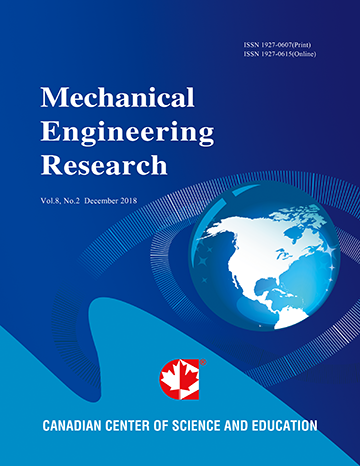Microneedle Characterization Using a Double-Layer Skin Simulant
- W. Koelmans
- G. Krishnamoorthy
- A. Heskamp
- J. Wissink
- S. Misra
- N. Tas
Abstract
Microneedles are important injecting devices for the delivery of pharmaceutical drugs in precise amounts at specific locations. To optimize the design of microneedles, a thorough understanding of the needle skin interaction has to be obtained. We present methods to characterize the mechanical interaction between microneedles and a double-layer skin simulant. The methods are applied to silicon microneedles designed (fabricated in-house) and to commercially available hypodermic needles (as a reference). The skin simulant consists of an agarose gel and a layer of commercially available needle-testing foil to mimic the dermis and the stratum corneum, respectively. A systematic analysis of the behaviour of a silicon microneedle inside the skin simulant is presented and compared with that of current hypodermic needles. The microneedle geometry is related to the force curves measured, with the help of (environmental) scanning electron and confocal microscope images that visualize the microscale physical phenomena that occur inside the skin simulant. We measure a 12% and 14% increase in insertion force when increasing the insertion speed from 100 to 500 µm/s for hypodermic needles and microneedles, respectively. The characterization methods are shown to be complementary to in vivo experiments and enable advanced imaging techniques and can significantly help the design of microneedles.
- Full Text:
 PDF
PDF
- DOI:10.5539/mer.v3n2p51
Contact
- Lenna BaiEditorial Assistant
- mer@ccsenet.org
